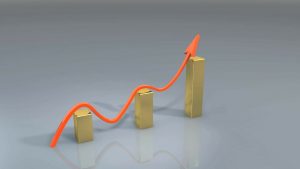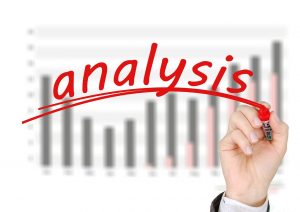First of all you need to set the goal for the specific SM campaign for the specific period of time in order to know how to evaluate it later. Do you want more people to like our fan page, or your goal is to redirect more people from FB to your main www page and product/place/service. When you answered this question you are on the half of your way.
Let’s consider some of the KPIs (Key Performance Indicator) for Facebook and Twitter. When you keep an eye on your KPIs, you are able to:
a) To verify the mistakes and holes in your strategy
b) To find the way how to improve it
Facebook KPIs:
- Amount of fans/subscribers in the group
- Activity – this includes amount of likes, posts, comments, shares
- Involvement – this is calculated as ratio of total amount of likes and comments to a number of fans of the group or page.
- Talks – amount of users who expressed the opinion about your page or group, which means about your service or product
- Content – this is amount of replies/comments and its frequency for the exact period of time
- How many people were redirected to your main www page from FB
- How influential is your fan page or group (e.g. Klout)
- Users’ attendance – how often people are viewing your fan page, and the level of uniqueness of users
- Amount of positive comments about your brand
- Amount of negative comments about your brand
Twitter KPI:
The main indicator for Twitter campaign effectiveness is amount of retweet. This means that your twitter page is based not only about your selfish lonely posts on your timeline, but also proves that people like you and follow your posts and want to share that with their friends. The next interesting criteria to measure effectiveness of your Twitter campaign is amount of @replies, which is @tweet related to your tweets.
Let’s list Twitter main KPI’s:
- The amount of followers
- The involvement: calculated based to the amount of followers of the users who retweeted your post or left and @tweet and also the amount of most active followers.
- How active are your followers : a) interactions( tweets, retweets); b) mentions (users answers)
- How influential is your service (using e.g. Klout)
- Amount of positive comments about your brand
- Amount of negative comments about your brand
Another interesting approach to measure the effectiveness of your social media campaign is benchmarking, which is related to evaluation and comparison of the statistics/ values of your competitor’s fan pages.
This give you the whole picture of where you are right now comparing o others on the market from month to month, who are your direct competitors and what should you learn from them.
Additional indicators are:
a) Audience enrollment rate ( amount of users who viewed news, total amount of users in a group or fan 
b) Geographical indicators
c) Gender and age
d) Inflow and outflow of subscribers
e) Comparing the rating due time period




